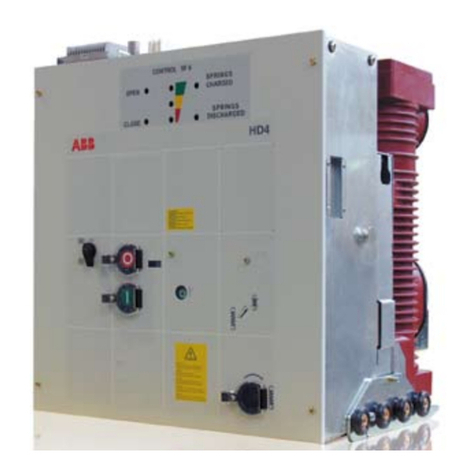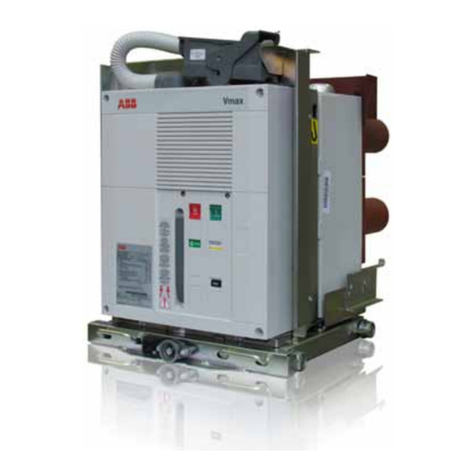ABB 5VHK 250 Installation and operating instructions
Other ABB Circuit Breaker manuals
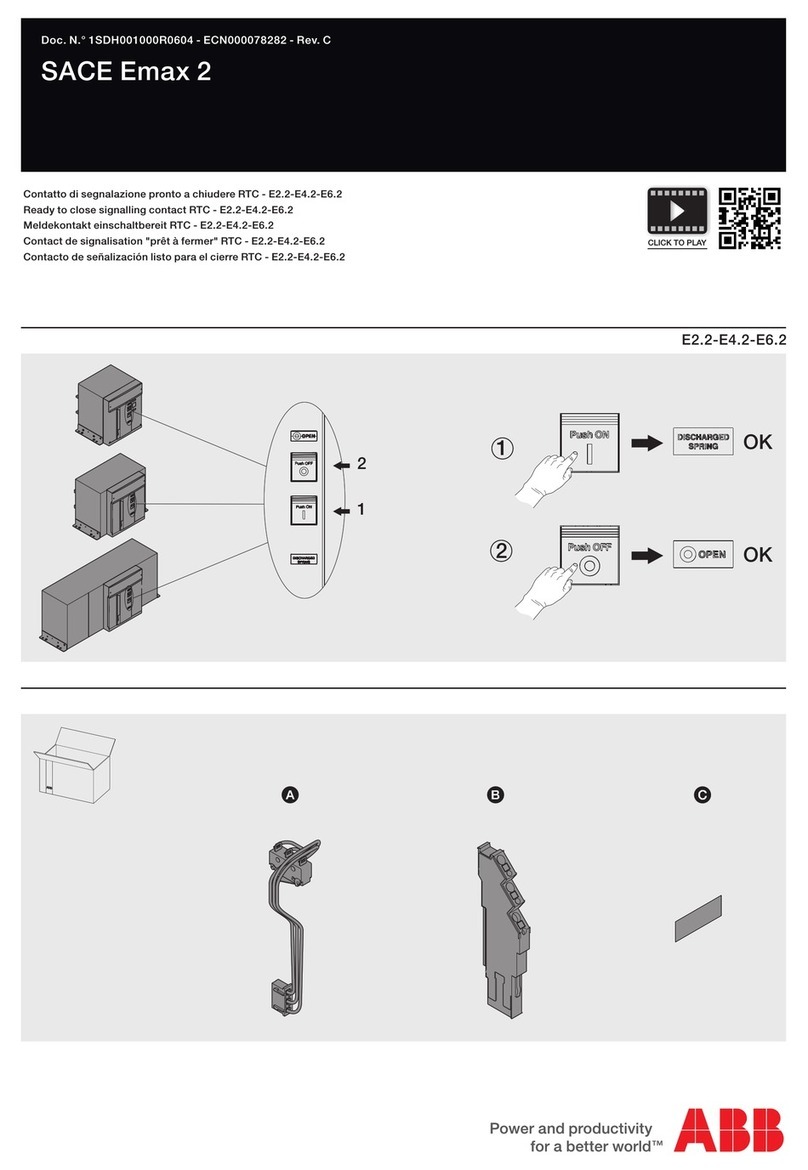
ABB
ABB SACE Emax 2 User manual
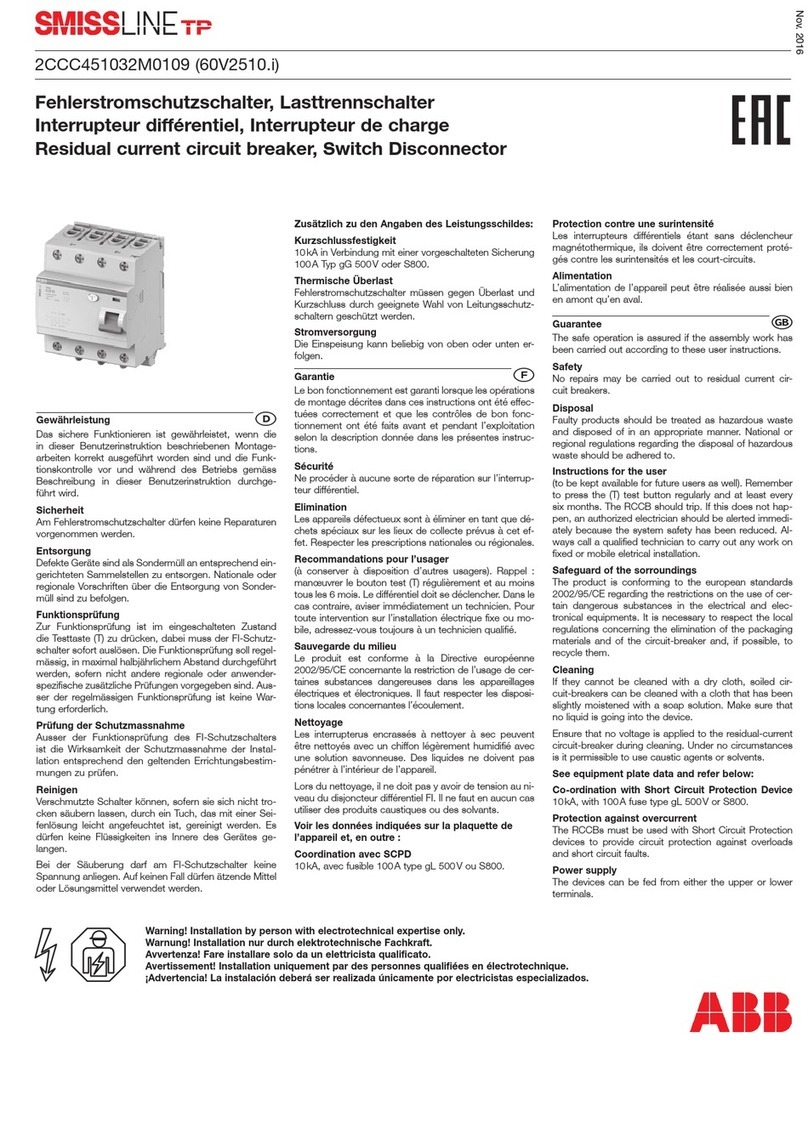
ABB
ABB SMISSLINE TP 2CCC451032M0109 User manual
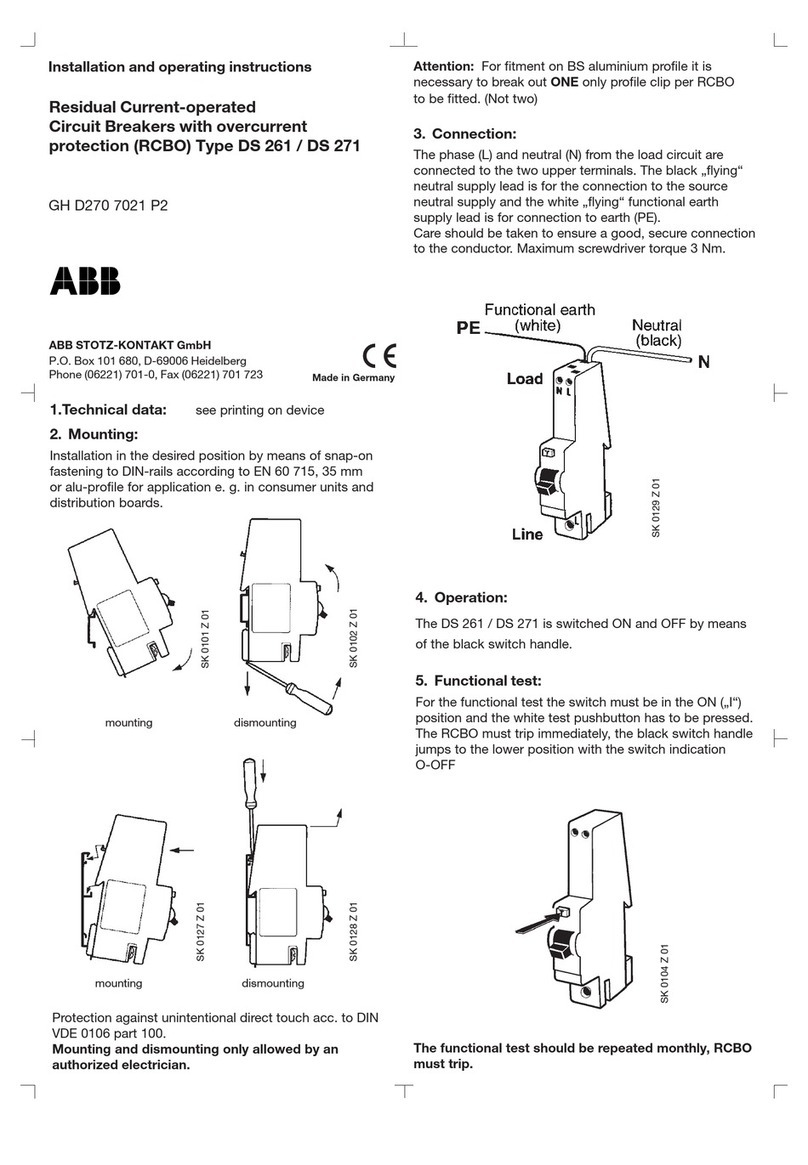
ABB
ABB DS 261 User manual
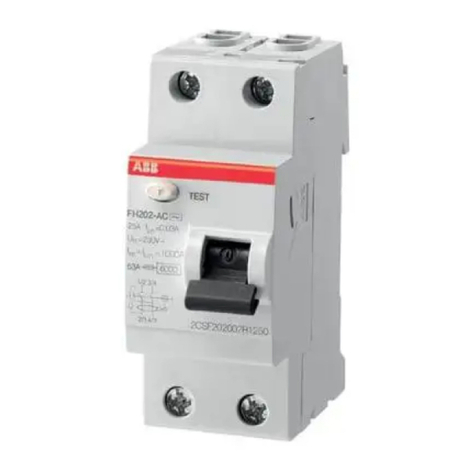
ABB
ABB FH200A User manual
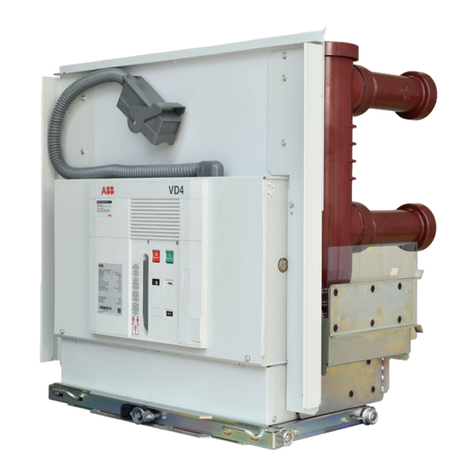
ABB
ABB VD4 Series Installation and operating instructions

ABB
ABB VD4 36 Quick guide
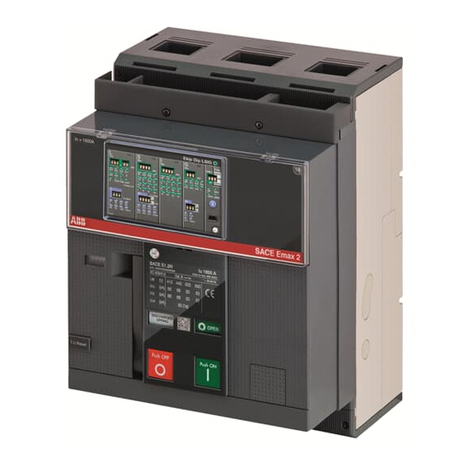
ABB
ABB SACE Emax 2 User guide

ABB
ABB 15VHK500 User manual
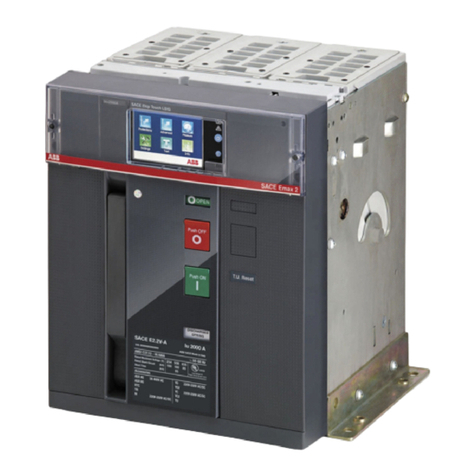
ABB
ABB SACE Emax 2 Product manual
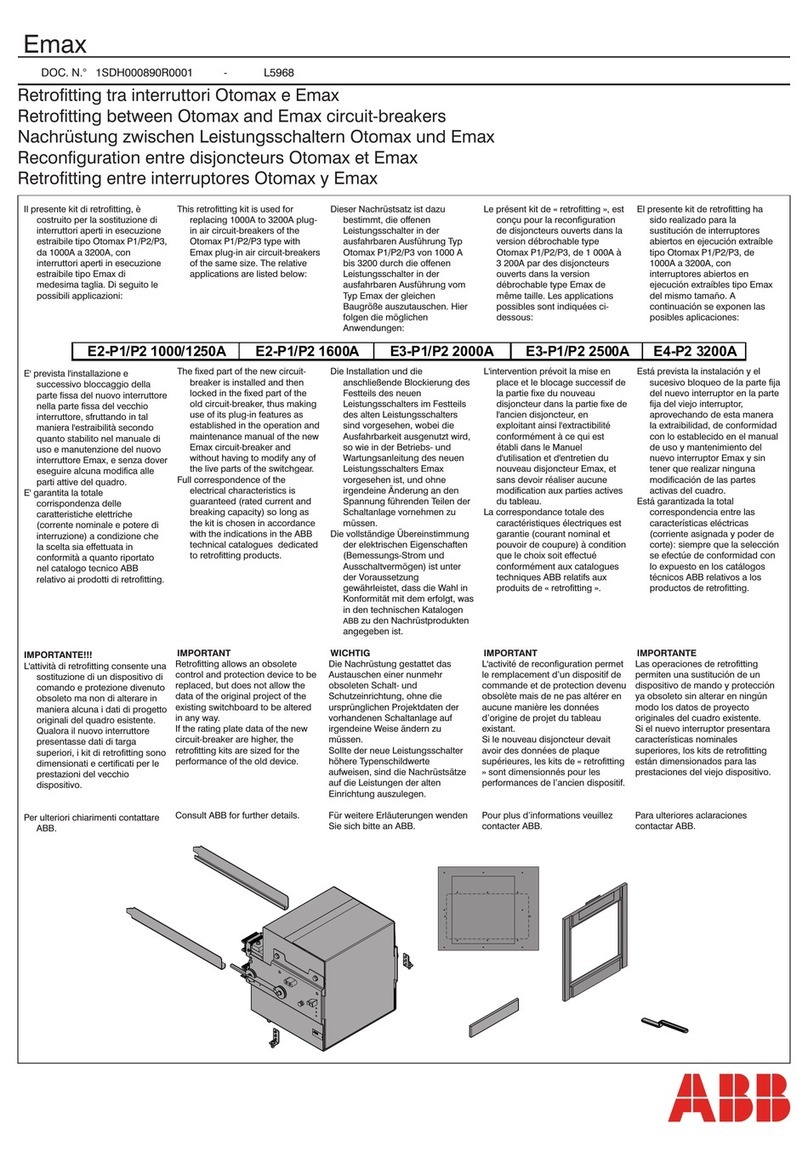
ABB
ABB Emax Series User manual
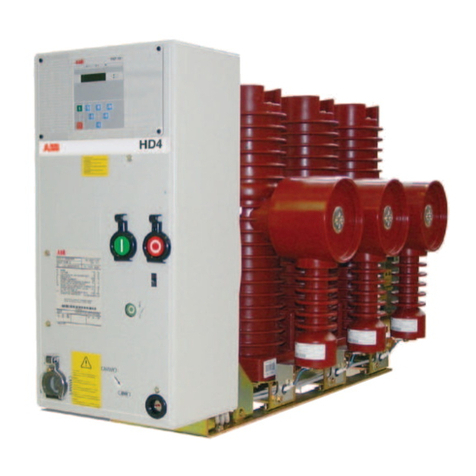
ABB
ABB HD4/R Quick guide
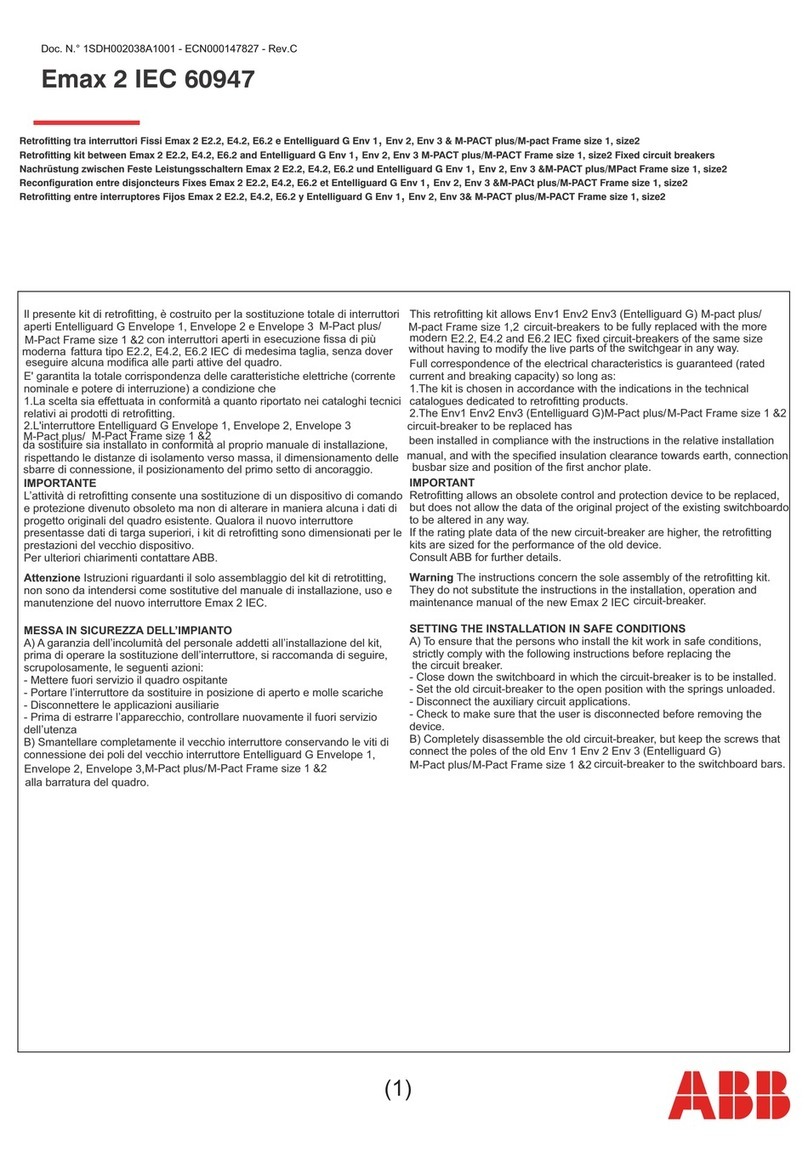
ABB
ABB Emax 2 IEC 60947 User manual

ABB
ABB SACE Emax E1 User manual
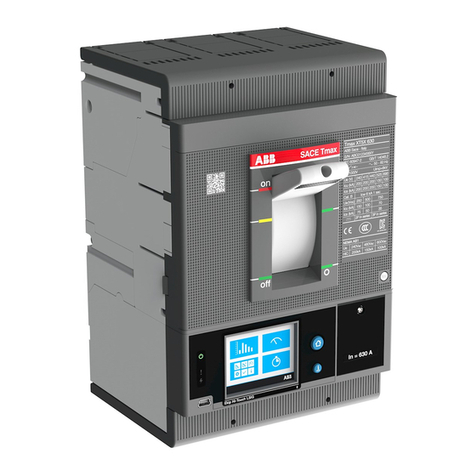
ABB
ABB SACE Tmax XT Series User manual
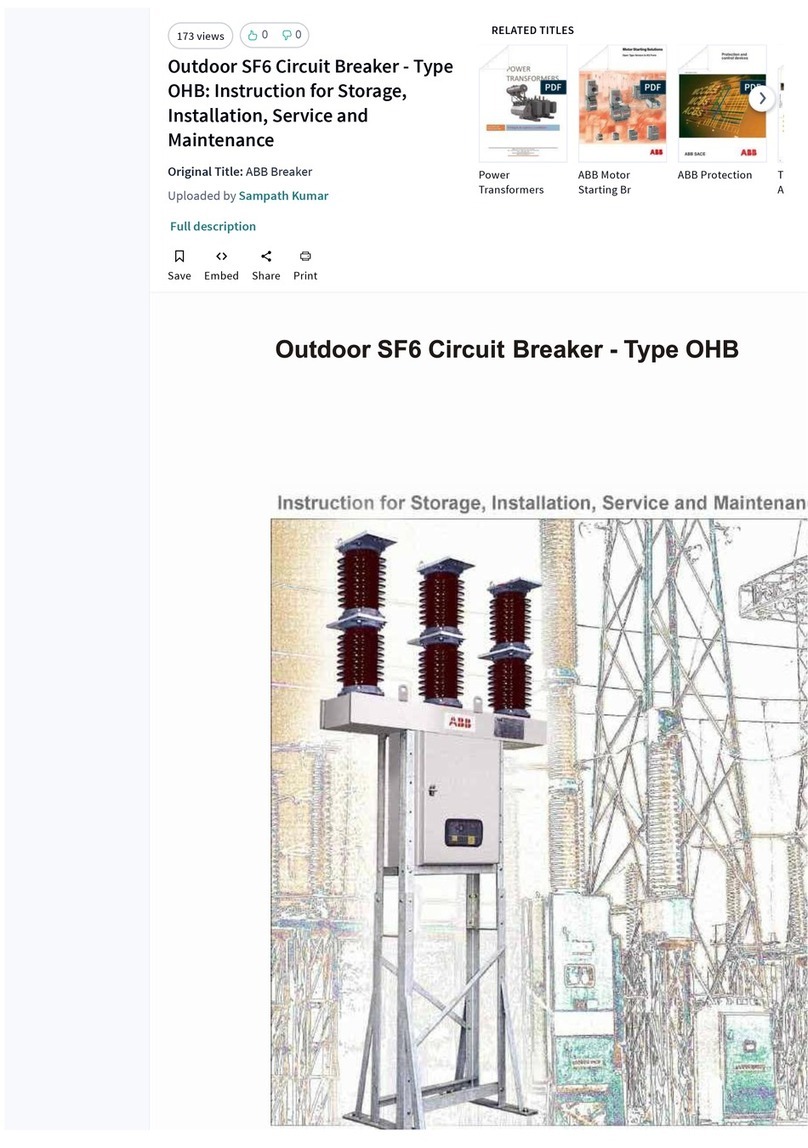
ABB
ABB OHB Installation and user guide
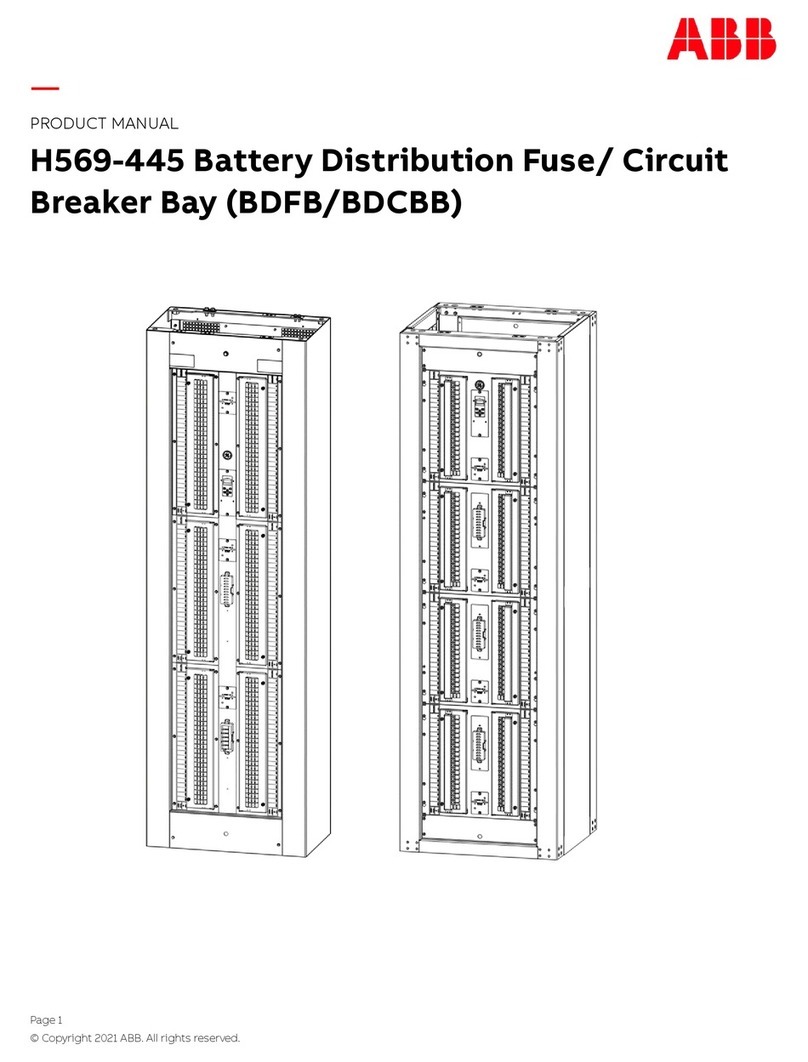
ABB
ABB H569-445 User manual
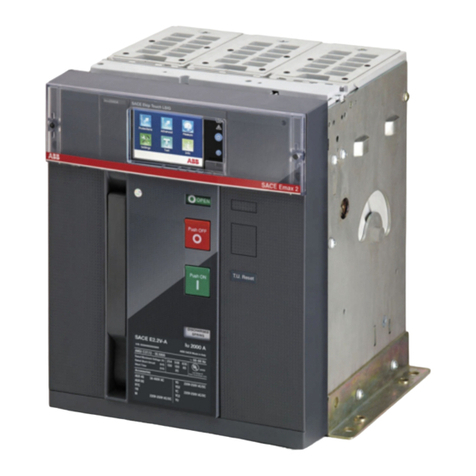
ABB
ABB SACE Emax 2 User manual

ABB
ABB Infinity S User manual

ABB
ABB SACE Emax E1 User manual

ABB
ABB SACE Emax 2 User manual
Popular Circuit Breaker manuals by other brands

Eaton
Eaton Power Defense PDG2 Instruction leaflet
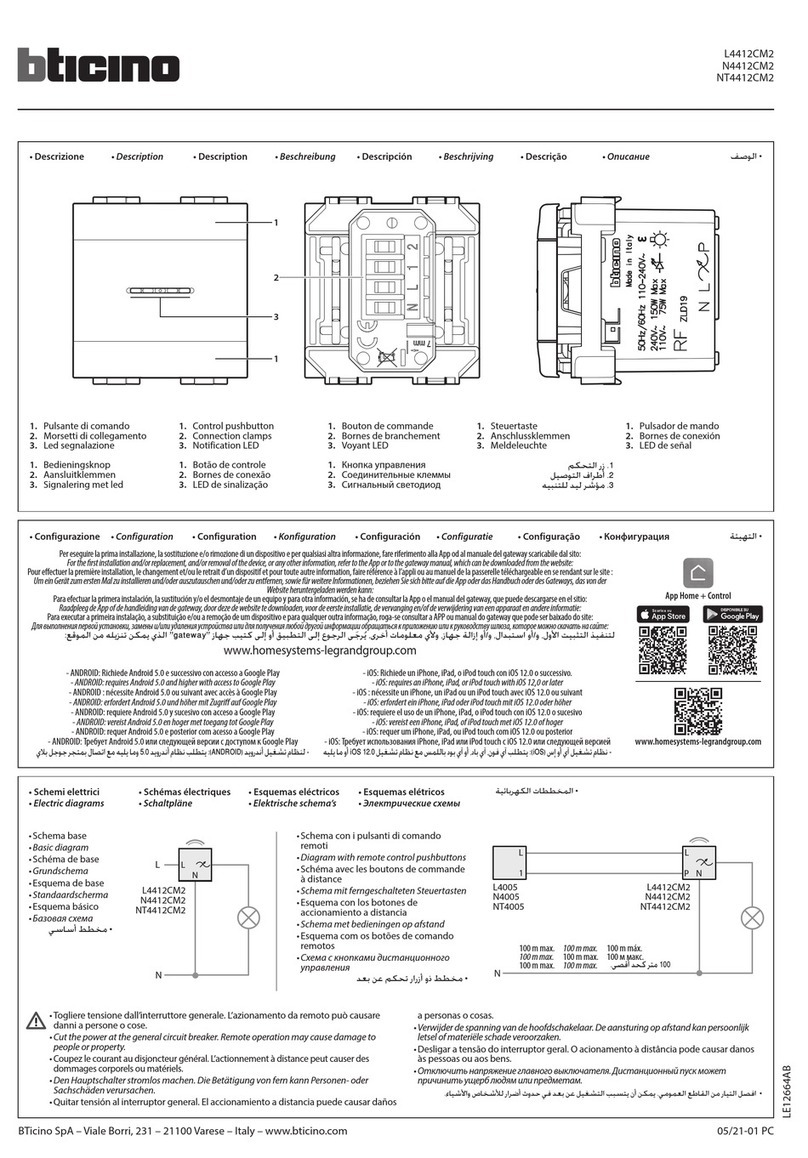
Bticino
Bticino L4412CM2 quick start guide

Eaton
Eaton S-T0 Instruction leaflet

OEZ
OEZ 3VA9-RS-4VBH1 Installation, service and maintenance instructions
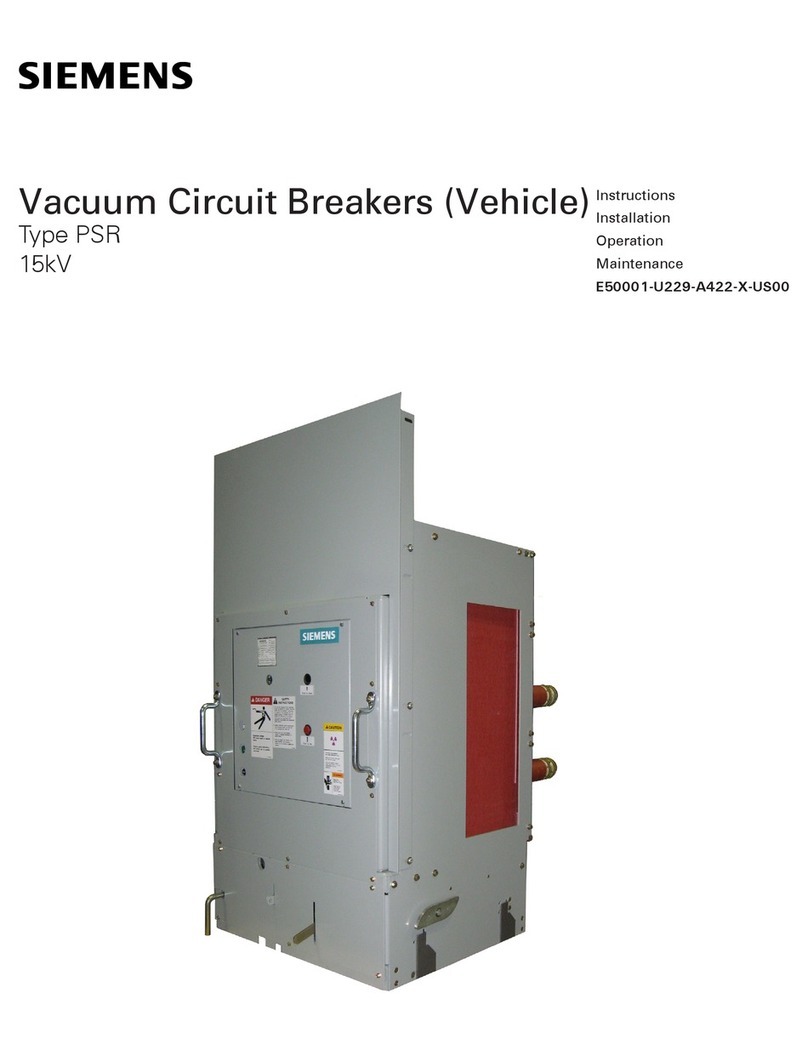
Siemens
Siemens PSR Instructions, Installation, Operation, Maintenance
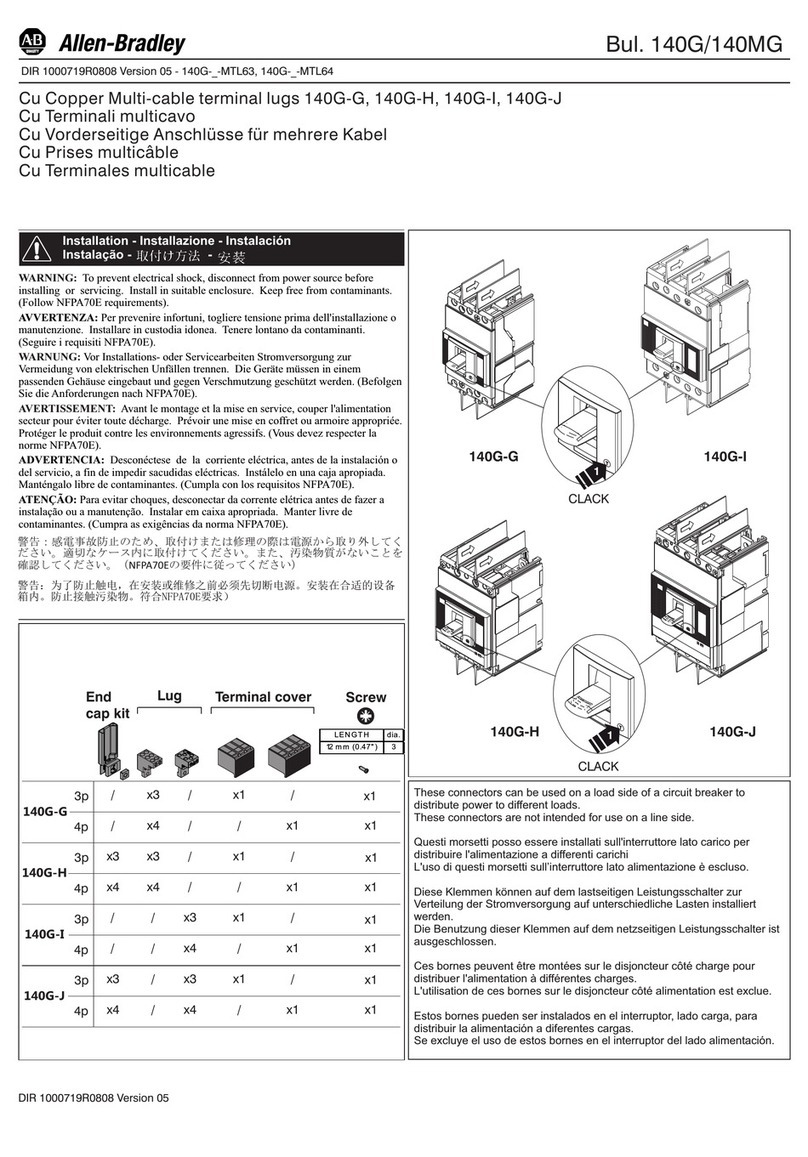
Rockwell Automation
Rockwell Automation Allen-Bradley 140G-G manual
